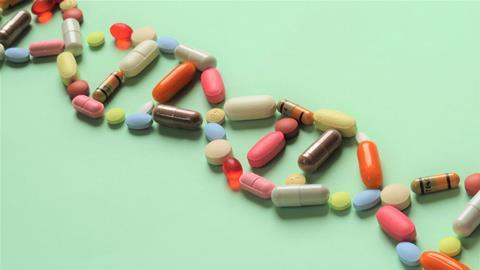‘Essentially, most drugs have a delivery problem’, says Anna Salvati, associate professor of nanomedicine at the University of Groningen. ‘If not properly delivered, drugs can have sub-optimal effectiveness or cause side effects. Nanomedicine offers strategies to improve this.’
Nanomedicine uses nano-sized materials to encapsulate drugs and help them arrive at their target. One example are liposomes, which are lipid vesicles that can be loaded with drugs. ‘These carriers completely change the way a medicine interacts with the body and help drugs arrive at their target’, says Salvati.
The Pfizer and Moderna Covid-19 vaccines are recent nanomedicines: the mRNA is delivered in lipid nanoparticles. Salvati: ‘There are currently around 30 nanomedicines on the market, but many are in clinical trials and the pandemic has triggered a huge new research interest in this area.’
Liposomes have been the golden standard in this field for decades, but other materials are on their way, according to Salvati: ‘Many other lipid-based and polymer-based nanoparticles are being investigated, as well as inorganic and bioinspired ones.’
In addition, the nanomaterial itself may have properties that can be therapeutic. Some metal nanoparticles, for instance, have an antimicrobial effect. And stimulation of nanoparticles with an optical, thermal, magnetic or ultrasound stimulus may trigger local release of the drug. ‘There’s a huge potential’, says Salvati, ‘but there’s still a lot of work to do. For instance, on our fundamental understanding of how living cells interact with these nanomaterials, and how we can use the nanomaterial design to better control these processes.’
















Nog geen opmerkingen